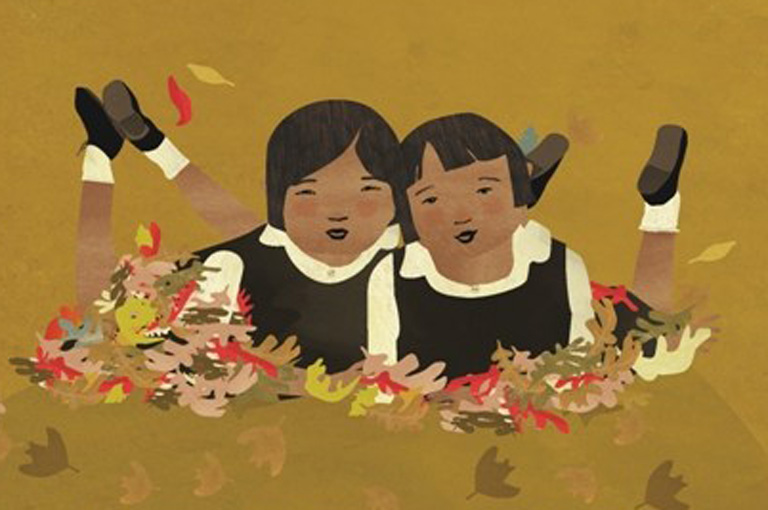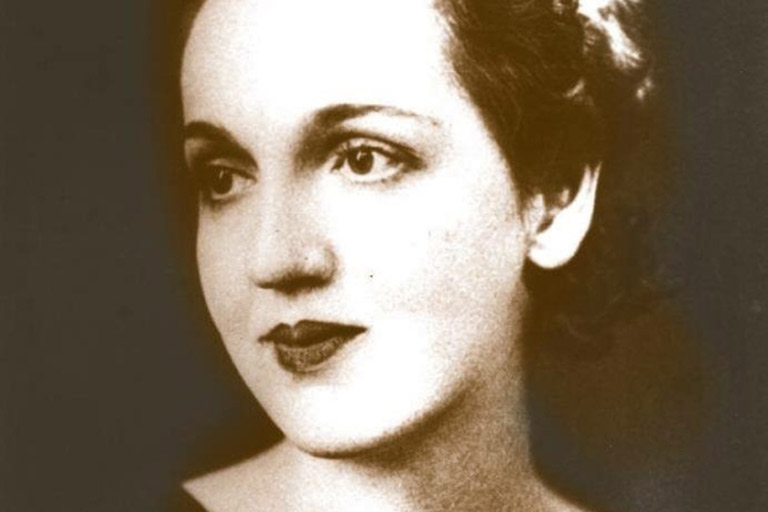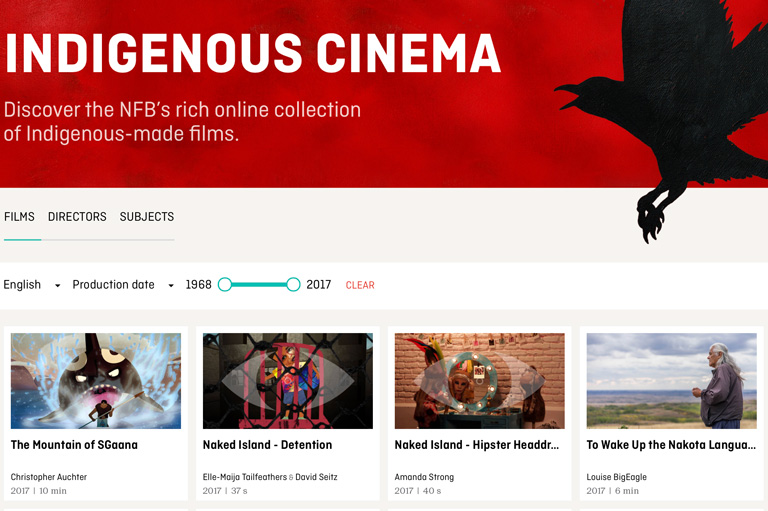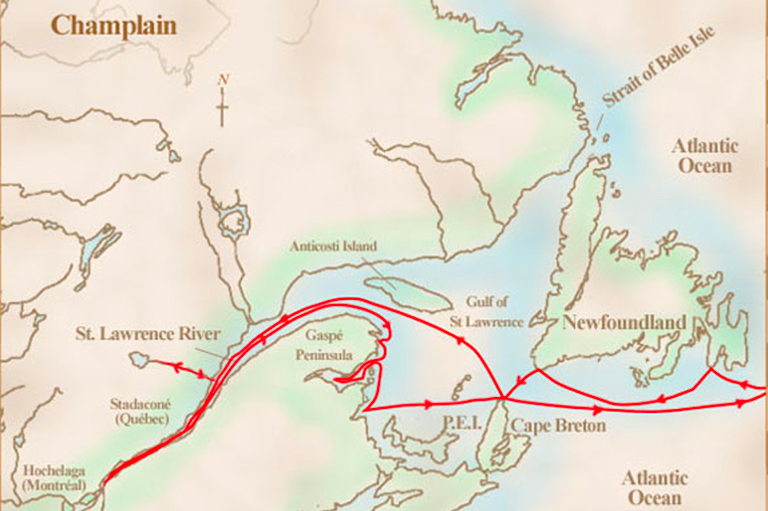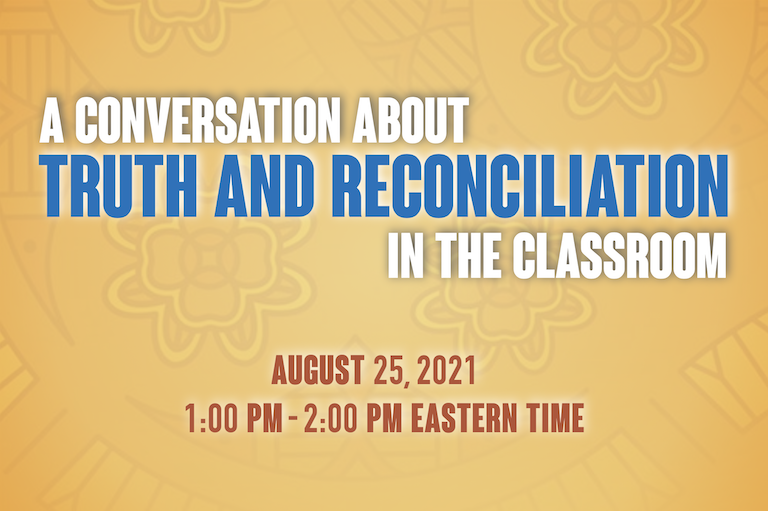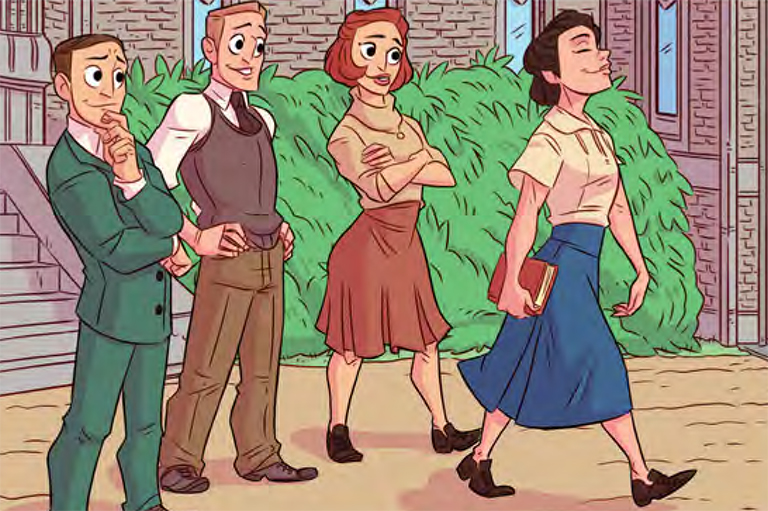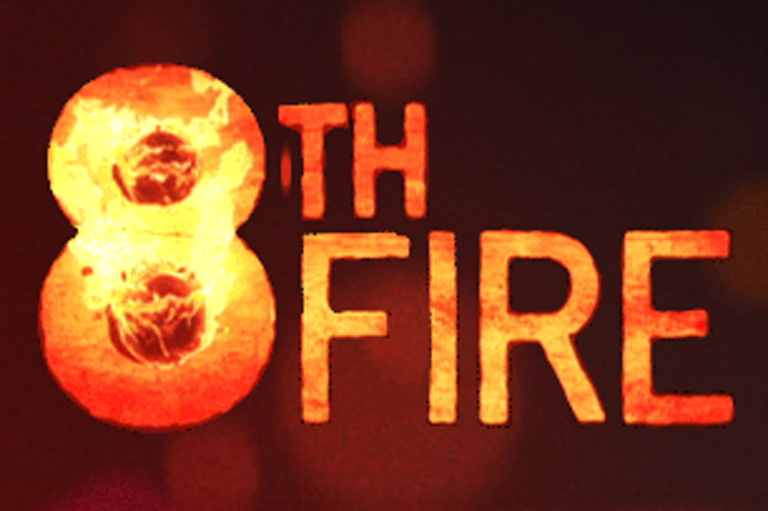Teachers' Tips: Primary Sources
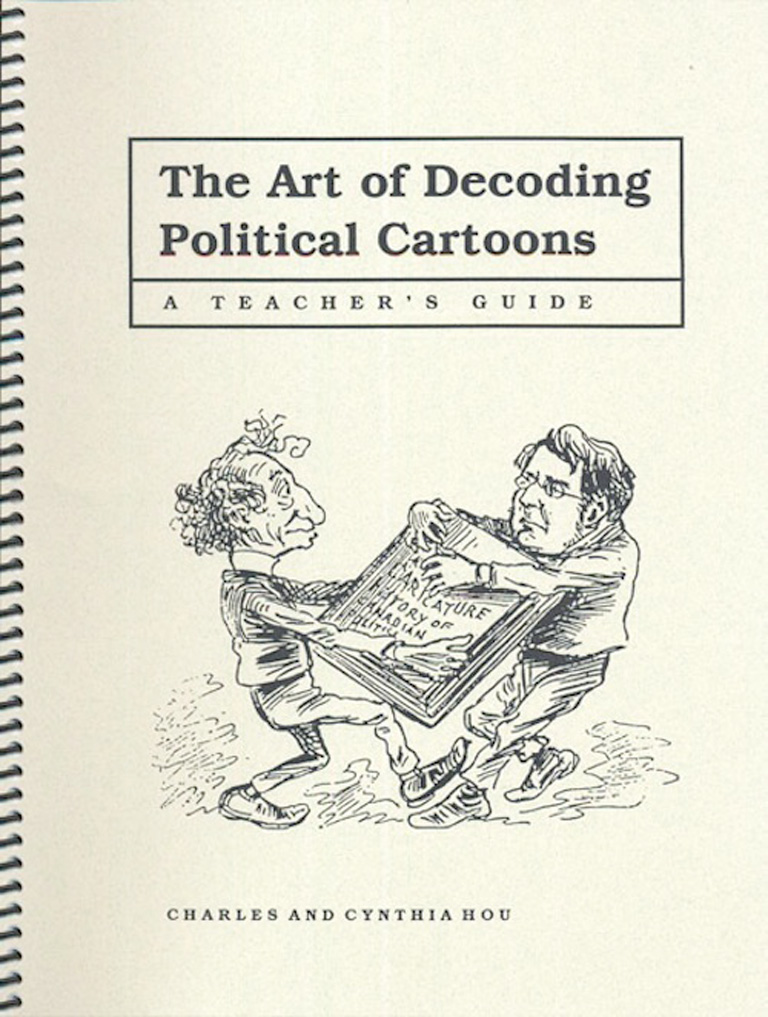
Political Cartoons
“I like political cartoons from the time period. It’s a great way to get students interested in a topic, to start asking questions about why characters are depicted in certain ways, and to get them ready to learn what we need to learn for that unit.”
— Ryan Bucci, Middle School Teacher
Excerpts from The Treaty of Versailles
“I think it’s important to look at what we are doing and look at its context. It’s such an essential document that I think it’s worth looking at.”
— Eve Seni, High School Teacher
Guest speakers
“They are people who were there, and they are not going to be around forever. It’s an absolute game changer. It’s the kind of primary source that is unparalleled in what it does for the students.”
— Michael Diluccio, High School Teacher
Images
“I really like images and photos. The McCord Museum has images from the twentieth century all on social history, so that is one site that I have used. Primary source images bring the story to life. I ask my students, ‘what can we learn from the pictures? What can historians learn from these documents?’”
— Keri-Lee Hewlett, High School Teacher
Regina Indian Industrial School Registrar
“It’s a compendium of all students on the books who attended the school for the years it was open. The information includes the nation they’re from, what religious affiliation they have, ages, family names, if the student was deceased or not during their time at the school. It’s really a rich primary source document. Handing that over to students to work with has been very exciting and valuable. They start to form their own questions just from perusing something of such historical significance.”
— Justin Harrison, High School Teacher
People
“I have made an effort in the last few years to connect with people in the community and bring them in to talk about their experiences in a particular event or what have you. For the kids to be able to hear it from someone who lived it, I find that the best. Get them to actually talk to these people and to ask them questions and formulate questions and follow-up with them afterwards. That’s what I think is the most valuable.”
— Paul Paterson, High School Teacher
Canada: A Nation Unfolding by Garfield Newman, Bob Aitken, Diane Eaton, Dick Holland, John Montgomery, and Sonja Riddock
“There is a textbook that has a lot of good primary source documents in it that you can use as a springboard. It’s an older textbook. All the way through it they have a section called ‘Voices’ which contains primary source documents from people who lived during that time period, so you can bring it to life.”
— Karen Parfitt, High School Teacher
Books by Roy Henry Vickers
“I love using Roy Henry Vickers’ books as a starting point. You can branch off and teach art, you can teach stories, you can teach social studies, you can teach about stewardship.”
— Danita Lewis, Middle School Teacher
Stolen Lives: The Indigenous Peoples of Canada and the Indian Residential Schools published by Facing History and Ourselves
“It is absolutely fantastic. It’s got some first-hand stories and it allows you as an educator to learn a little bit more before you are teaching. That can be the hardest part about teaching Indigenous history, we don’t have a clear background on it.”
— Karen Randall Blancher, Middle School Teacher
Themes associated with this article
Advertisement
You might also like...

Canada’s History Archive, featuring The Beaver, is now available for your browsing and searching pleasure!
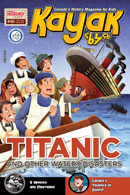
Canada’s History Archive features both English and French versions of Kayak: Canada’s History Magazine for Kids.

